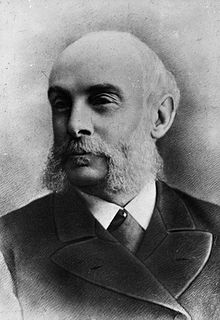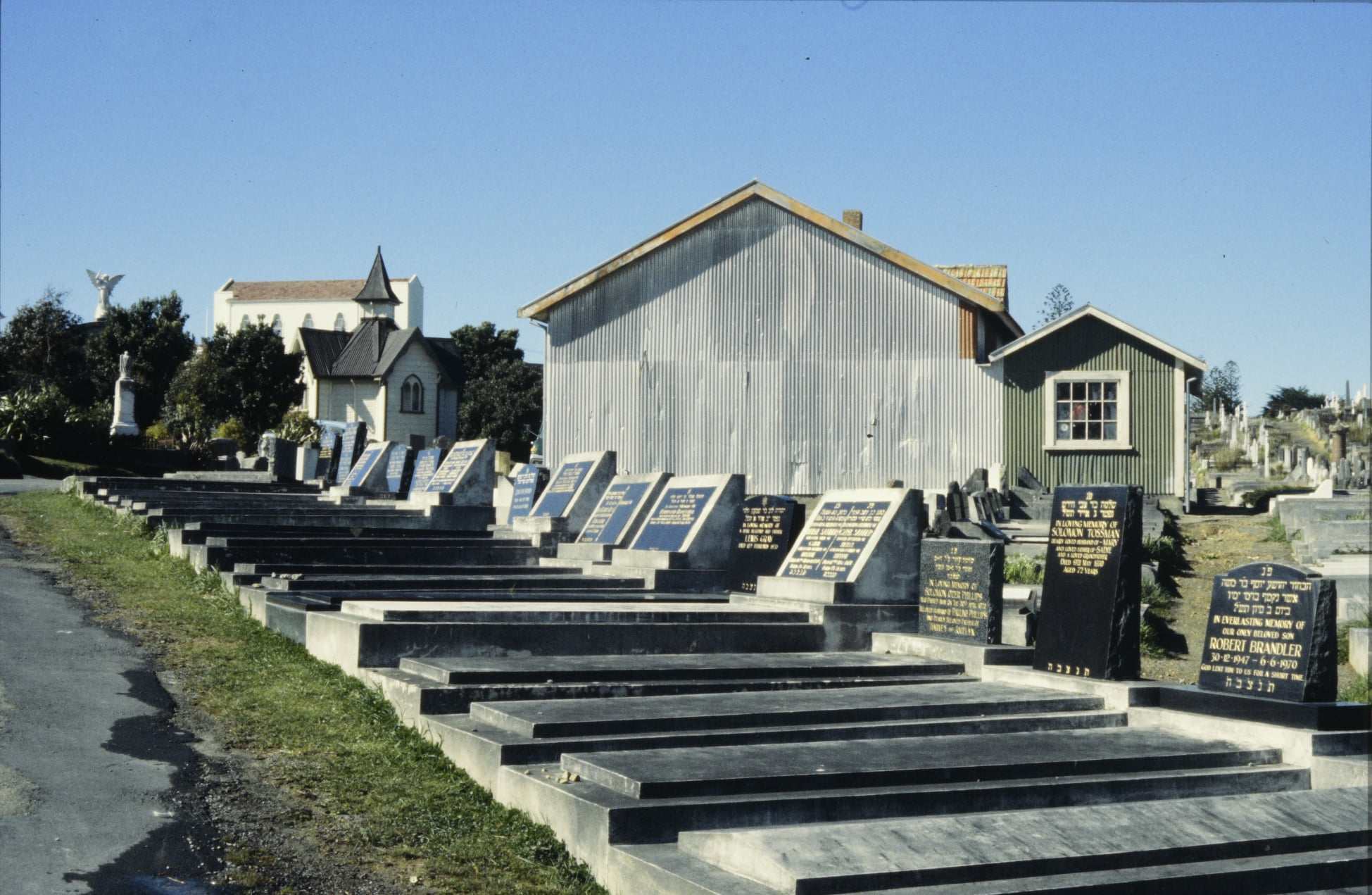Another “then and now”. Interesting how the Main Chapel was once so visible on the skyline, as was the Underwood angel, and The Shelter more open. The implements shed has…

Then & Now
Third in our “then and now” series and I’ll stop for a bit! Although with this one, I’m not sure I have the correct tree. It’s main trunk looks taller…
Sexton’s House
The previous Sexton’s house was such a charming building. And check out the dandies in the road! Photo courtesy of Wellington City Recollect: “The entrance to Karori Cemetery with the…
1895 Watercolour
Now isn’t this something special. An 1895 watercolour of our wee Shelter at the Cemetery. Painted by Mary Catherine (Taylor) Medley, from the Alexander Turnbull Library. Biography from The National…

SS Penguin
Another interesting image related to the S.S. Penguin tragedy. Elegant funeral transport of the day. “THE FUNERAL OF TWO OF THE PENGUIN’S PASSENGERS, THE LATE MRS. BRITTAIN AND G. TROADEC,…

James Doxy Burtinshaw
Accidentally killed February 1904. Erected by his shipmates. This charming headstone caught our eye. Who can walk past “accidentally killed” and not wonder? According to newspaper reports, James (aged 19)…

Sir Francis Dillon Bell
It’s Movember and we’re celebrating with some of the famous mustaches resident at Karori Cemetery. Sir Francis Dillon Bell (1822-1898) not only sports some fine facial accoutrements but was also…
Louis Wager
Our next biography in celebration of Movember is about Louis Wager 1888-1965. Biography from Te Papa’s website: “Private Louis Wager, service number 77744Louis Wager was born in Heybridge, Essex in…
John Guthrie Wood
Running with our Movember theme, next up is John Guthrie Wood Aitken. He contributed so much to Wellington, it’s hard to summarise all he did in a few lines here….


